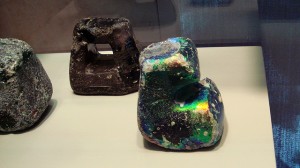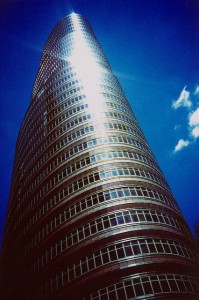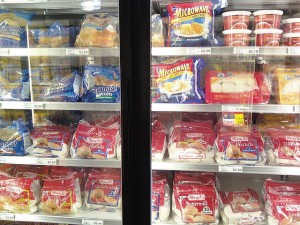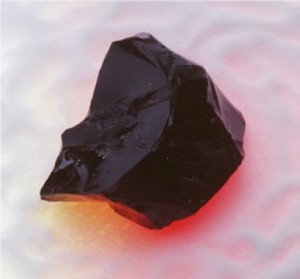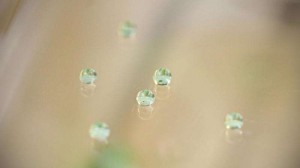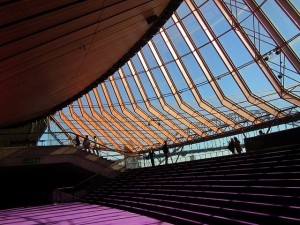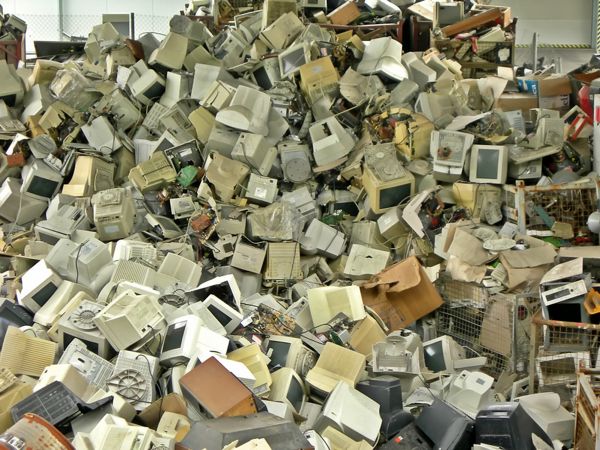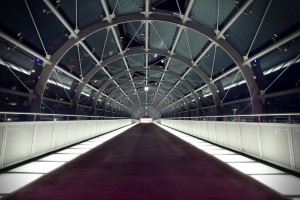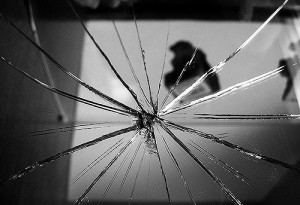Secret of metallic glasses revealed
Researchers at the University of Bristol say they have confirmed a long-standing theory about how metallic glasses form. Metallic glasses are prized substances because they’re harder and stronger than regular glass. They’re also much rarer than some would like, partially because we don’t have a good understanding of how metallic glasses actually form.
Since the 1950’s, a popular theory (developed by a physicist at the University of Bristol) regarding the way metallic glass forms has held among scientists. That theory says that if the metallic components organize in a pentagram shape, they can stop the crystallization of the glass particles, which is the key to metallic glass formation.
Ordinary glass naturally has faults between grains, which permits microfractures and makes it inherently weak. Metallic glass has no naturally occurring faults between grains, which makes it inherently strong. While that sounds good, the theory been impossible to confirm because scientists haven’t been able to prove without a doubt that the prevention of crystallization yields metallic glass formation.
Now, researchers have been able to use a computer simulation to reveal the mechanism by which the 5-sided metallic formation inhibits crystal formation. By changing the energy demands made on microcrystals at the surface, the rate of crystallization is slowed, allowing the metallic components to form a strong, 5-sided structure that allows glass to take on the strength and hardness characteristics of metal.
The confirmation of the theory about how metallic glass forms opens up new opportunities to make new metallic glass mixtures with potentially novel characteristics. It also points to the versatility and the growing importance of glass in a variety of applications.
Glassprimer™ glass paint is a specialized glass coating that bonds permanently to glass surfaces. GlassPrimer also makes a glass surface molecular activator that is designed to work with UV-inkjet glass printing processes. For more information about Glassprimer™ glass paint, please visit the rest of our site. If you’d like to purchase Glassprimer™ glass paint, please visit our online store.
Photo Credit: Chris Dlugosz, via Flickr.com

